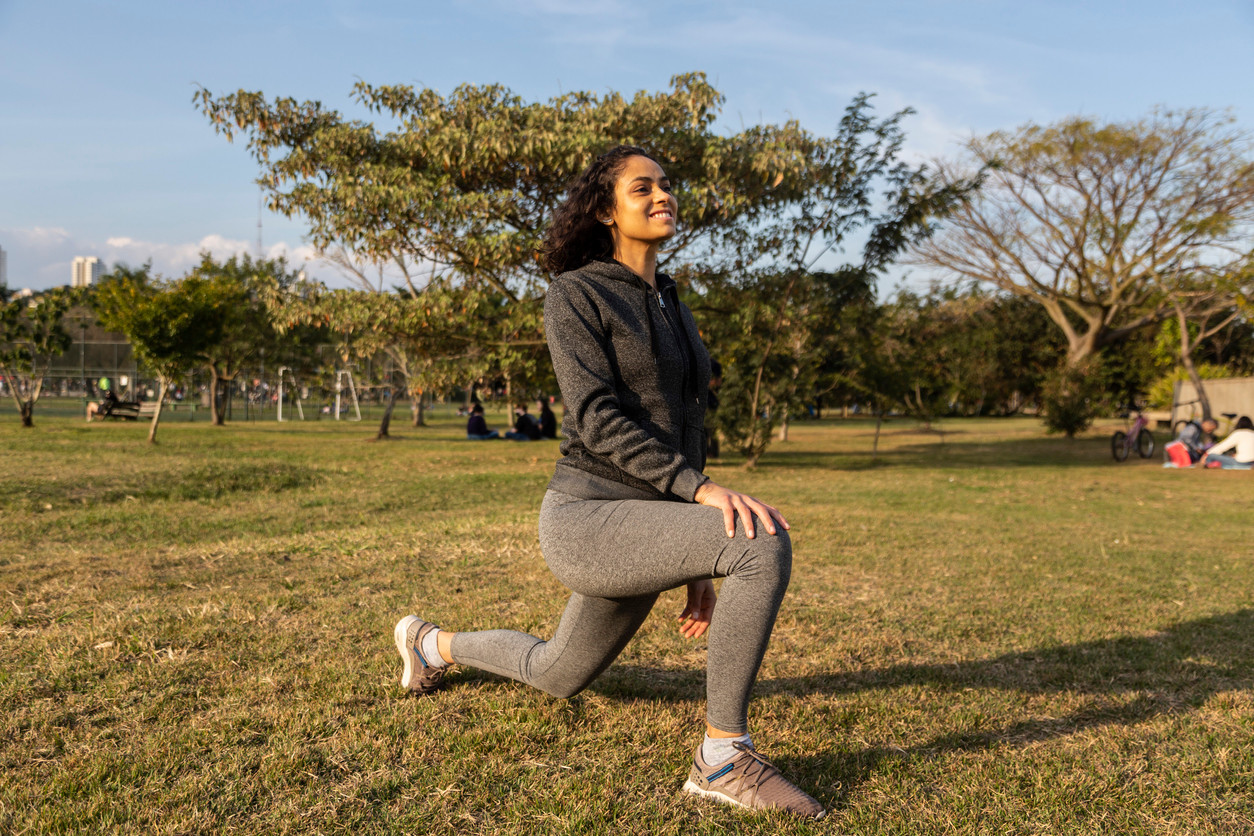7 mejores ejercicios y estiramientos para el dolor de cadera que tanto gustan a los fisioterapeutas
Aprende sobre las formas más efectivas de controlar y prevenir el dolor de cadera, especialmente con ejercicios terapéuticos y estiramientos de fisioterapeutas.
$0 costo para usted
Última actualización: Jun 5, 2025
El índice
Fully covered hip pain relief
Find relief from hip pain, buttock pain, hip tendonitis, & more.
Check if I'm eligibleStrengthening exercises for hip pain
¿Quieres atención de expertos? Consulta si estás cubierto por nuestro programa gratuito →- Elevación lateral de piernas en posición de pie
- Estiramiento concha sentado
- La estocada hacia adelante
Stretching exercises for hip pain
¿Quieres atención de expertos? Consulta si estás cubierto por nuestro programa gratuito →- Estiramiento de ingles en posición de pie
- Estiramiento flexor de cadera
- Gato, vaca
- Estiramiento de glúteos
